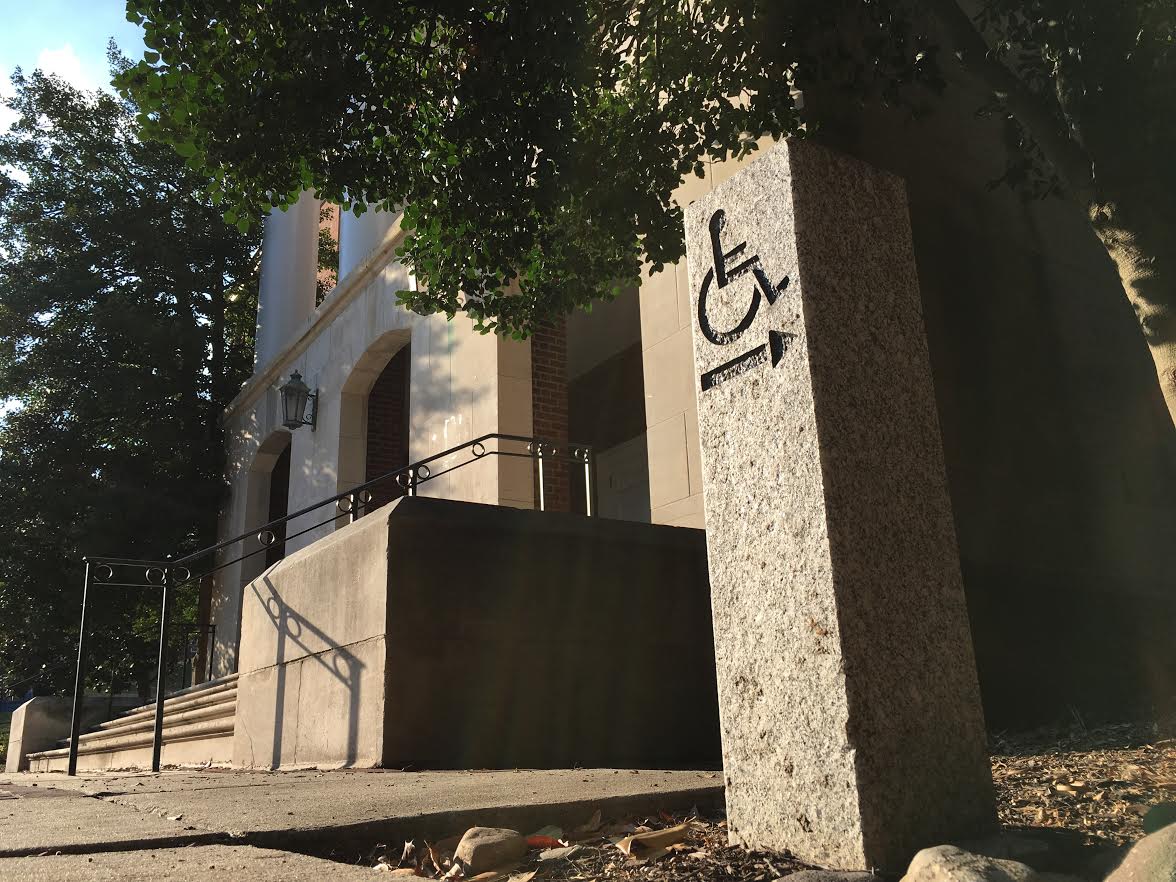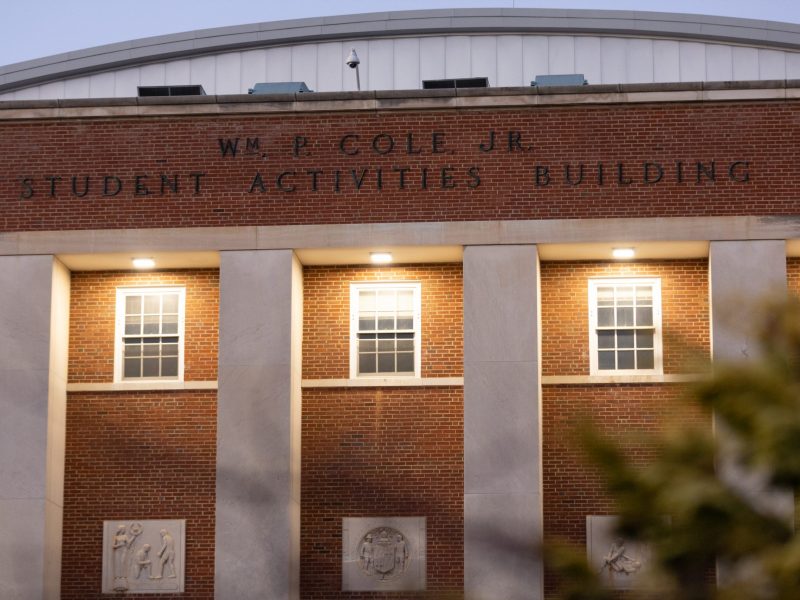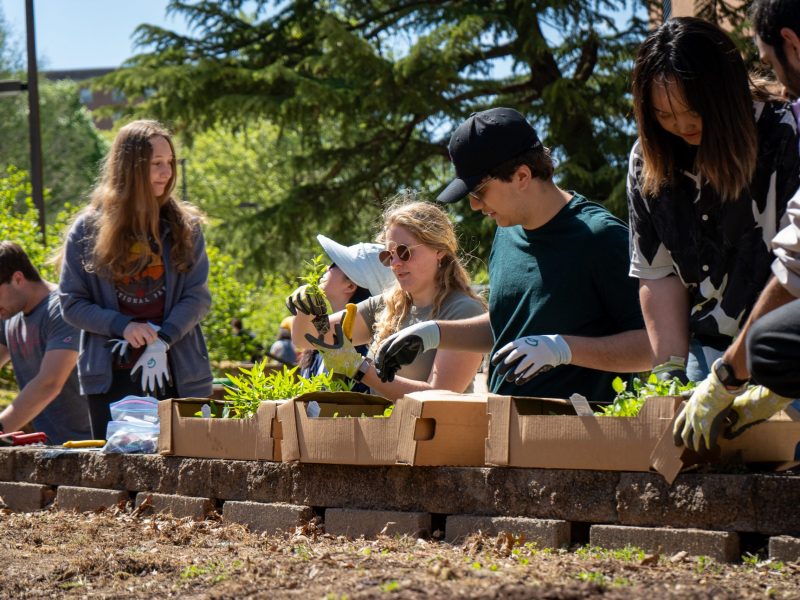The University of Maryland’s Facilities Management is removing granite pillars that mark handicap-accessible entrances to campus buildings in an effort to modernize the way in which students, faculty, staff and visitors navigate.
The pillars, positioned on the outside of buildings, were installed about 20 years ago as this university’s first attempt to efficiently usher people toward handicap-friendly entrances, said Jack Baker, Facilities Management’s operations and maintenance executive director. The department intends to gradually remove the pillars over time, as they are found broken or misleading.
Baker said the pillars never worked as well as this university had hoped they would for several reasons. The dispersion of pillars across the campus is inconsistent, he said, adding that any structure that was built or renovated within the last 20 years does not have the pillars.
“It’s time to start using the technology at our disposal to help get people around,” Baker said.
[Read more: UMD students with disabilities want more campus resources and support]
The markers are also located on a particular side of each building and are not visible or useful to those approaching it from other angles, Baker said. To correct this, Facilities Management would have to install hundreds of additional ones.
In some cases, they have led to more confusion, as they have not been updated to direct people toward more recently added accessible entrances, he added.
Instead, Facilities Management is encouraging people to use this university’s campus maps website. Using geographic information systems technology, the website — which had more than 13,000 hits on the first day of classes — allows users to input a campus destination and find the fastest accessible route to the location’s handicap-friendly entrance, Baker said.
“This would be a progressive and forward movement for our university,” said Jo Ann Hutchinson, the accessibility and disability services director. “Enhancing the interactive map to the point where those specific landmarks are noted and can be accessed by people using it — I think that would be great.”
To expand the map’s capabilities, developers are working on a software that identifies sidewalks with accessibility-compliant curb cuts, and Facilities Management is working with the Department of Transportation Services to create a feature that finds available handicap parking spaces on the campus, Baker said.
Students also routinely maintain, enhance and expand the website, he said, and a feedback feature also allows site visitors to quickly express questions and concerns.
“They could totally be replaced by some website or app for people with disabilities that need to find certain pathways,” said sophomore biology major Soleiman Abdallah. “I would agree with Facilities Management in saying the pillars are obsolete.”
[Read more: UMD’s president rarely meets with his permanent diversity commissions. But the groups want more support.]
Senior history major Alyssa Gabay said while she may not pay attention to the markers, eliminating them might not best serve the campus.
“I’ve never noticed [the pillars] personally so I can’t say they’re that effective … but relying solely on a digital map would also make campus more inaccessible for people who may not have phones or may not know about the website,” Gabay said.
Ana Palla-Kane, co-chair of the President’s Commission on Disability Issues, which advises university President Wallace Loh on issues of concern within the disability and accessibility community, said the website is a helpful tool but does not serve the needs of everyone in the community.
The website does not ensure aid to visually impaired users or those with learning disabilities, and it doesn’t account for certain geographical barriers, such as steep hills or temporary route obstructions including construction, she said.
The commission is discussing how to improve the quality and consistency of signage on the campus with Facilities Management, Palla-Kane said.
“The maps [are] an excellent resource, but it’s not the only thing the community needs,” she said. “We should have proper indoor and outdoor signage on our buildings in addition to the interactive website.”



